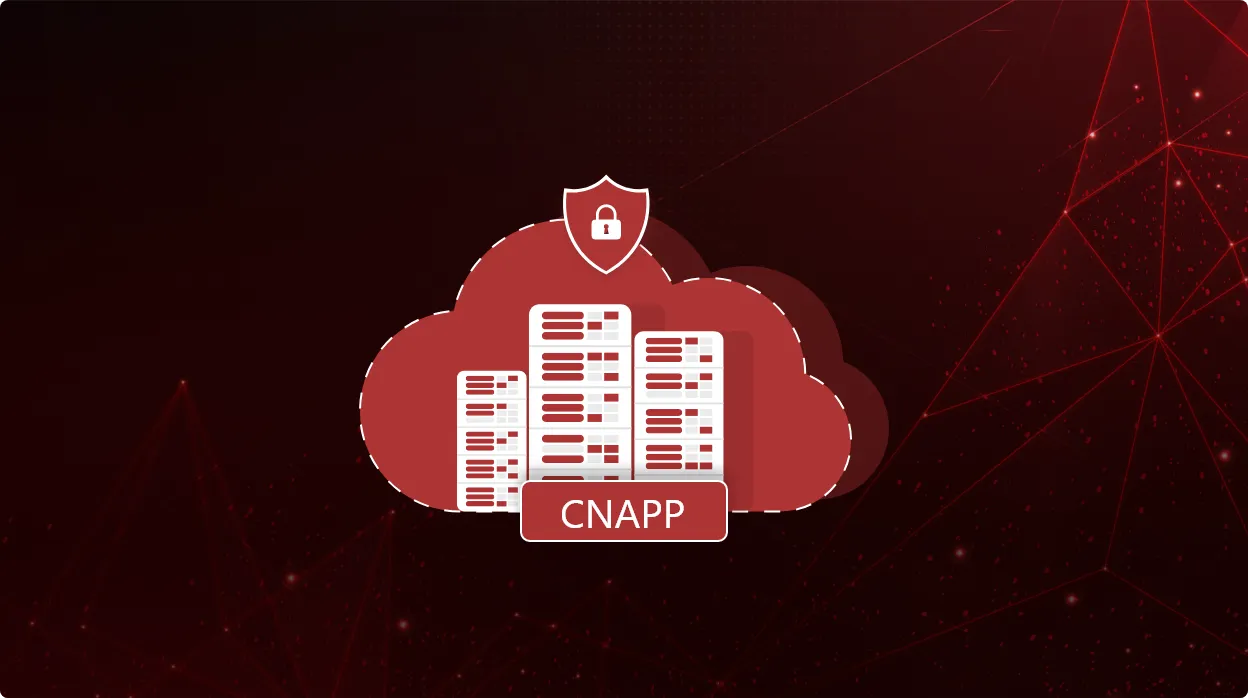A little mistrust can be the right approach – The zero trust approach to security

Zero trust is a cybersecurity model that assumes no entity – whether inside or outside the network – should be trusted by default. It states that all access requests are carefully examined before being approved. In order to guarantee that only authorized people and devices can access an organization’s resources, this architecture requires stringent identity verification and ongoing monitoring.
Core principle: Never trust, always verify
At the heart of zero trust is the core principle: “never trust, always verify.” The principle is clear in its instruction that trust should never be automatically granted based on network location or previous interactions. Instead, trust must be earned and continuously validated through strict identity verification and access controls.
This approach contrasts sharply with traditional security models that often relied on a strong perimeter defense. In these older models, once an entity was inside the network, it was typically given broad access to resources. However, as cyber threats have evolved, this perimeter-based approach has proven insufficient. Threats can emerge from within the network through compromised accounts or insider attacks, making it essential to verify every access request continuously.
Key components of zero trust security
Identity verification
In zero trust security, verifying the identity of every user and device is crucial before granting access. This process ensures that only authorized individuals and trusted devices can access your network and data. Methods like Multi-Factor Authentication (MFA) and biometrics are commonly used. Two or more verification elements, such as a password and a fingerprint scan or a one-time code texted to a mobile device, are required by MFA. By verifying the user’s physical identification, biometric verification—such as fingerprint or facial recognition—adds an additional degree of security.
Least privilege access
The principle of least privilege access means granting users and devices only the minimum permissions they need to perform their tasks. This approach limits the potential damage that can occur from compromised accounts or insider threats. By reducing the number of access points and permissions, organizations can significantly decrease their attack surface, making it harder for unauthorized users to move laterally within the network.
Continuous monitoring and validation
Zero trust security requires continuous monitoring and validation of all interactions within the network. This ongoing assessment ensures that trust is constantly re-evaluated, even after initial access is granted. Techniques for continuous validation include real-time traffic analysis, behavioral analytics, and automated policy enforcement. By monitoring user activities and network traffic, organizations can swiftly identify and respond to suspicious behavior, ensuring that any potential risks are addressed promptly.
By implementing these key components—identity verification, least privilege access, and continuous monitoring—organizations can build a robust zero trust security framework. This approach not only enhances security but also simplifies network management by removing implicit trust and focusing on explicit, context-aware policies.
Implementing zero trust architecture
Visibility and critical asset identification
The first step in implementing a zero trust architecture is to identify and prioritize the network’s most critical assets. This includes sensitive data, key applications, and essential services. By understanding which assets are most valuable, organizations can focus their security efforts where they matter most. This prioritization helps create effective security policies that protect these critical elements from potential threats.
Microsegmentation
Microsegmentation is a crucial aspect of zero trust. It involves dividing the network into smaller, isolated segments using software-defined boundaries. This strategy prevents unauthorized movement within the network, even if a breach occurs. By limiting access to specific segments, microsegmentation effectively minimizes the risk of lateral movement, where attackers move from one part of the network to another.
Context-aware policies
Creating context-aware policies is vital for zero trust implementation. These policies are based on various factors such as user identity, device type, location, and the data being accessed. By considering these contextual elements, organizations can ensure that access is granted only to those who meet specific criteria, thereby enhancing security.
Adaptive authentication
Adaptive authentication strengthens security by using a dynamic, risk-based approach. It adjusts the authentication process based on the risk level of each access request. For example, if a user attempts to access sensitive data from an unfamiliar location, additional verification steps like multi-factor authentication (MFA) are triggered. This ensures that only authorized users gain access, even in changing circumstances.
Environment-agnostic security
Zero trust requires security measures that work across various environments, including on-premises, hybrid, and multi-cloud setups. This environment-agnostic approach ensures consistent protection no matter where data and applications reside. It simplifies the management of security policies and helps maintain robust security across the entire digital landscape.
CheckRed’s role in zero trust implementation
Zero trust is crucial for modern cybersecurity because it eliminates implicit trust and continuously verifies every interaction within the network. This approach significantly enhances security by ensuring that only authorized users and devices can access sensitive data and resources. By implementing zero trust, organizations can reduce the risk of breaches, minimize the attack surface, and improve compliance with regulatory requirements.
CheckRed’s comprehensive cloud security solutions are designed to support and simplify the implementation of zero trust. Our Cloud Native Application Protection Platform (CNAPP) covers Cloud Security Posture Management (CSPM), Cloud Infrastructure Entitlement Management (CIEM), and Cloud Workload Protection Platform (CWPP). Additionally, our SaaS Security Posture Management (SSPM) ensures that all cloud applications are secure.
These robust tools enable continuous monitoring, adaptive authentication, and granular access control, which are essential for a zero trust architecture. With CheckRed, organizations can confidently secure their digital environments, ensuring that every access request is thoroughly verified and only legitimate interactions are permitted. Our solutions provide a unified approach to cloud security, making it easier to protect critical assets and maintain a strong security posture in today’s dynamic digital landscape.


